This answer shows how the impedance presented by the wrong sort of wavelength signal will be high (therefore ineffective) in many cases but, for a quarter wave monopole it can still adequately receive transmissions at 0.75\$\lambda\$ etc..
Of course, we use band-limiting filters to prevent pick-up from beyond where we are actually interested and that band-limiting is profoundly and intentionally sharp at letting in only the signal we want to receive. For conventional receivers we use a multi-stage IF amplifier (see green in picture below) and they are designed to be just wide enough to let in one dedicated channel in the part of the spectrum we are interested in: -
IF stands for "intermediate frequency" and the IF "strip" (as it used to be called) usually comprises several filter/amplifier stages all of which are band-pass in nature.
How does a simple radio receiver-antenna differentiate between
incoming wavelengths that are the same wavelength as the antenna,
one-half and one-quarter?
It doesn't - the IF strip does that for conventional radios.


